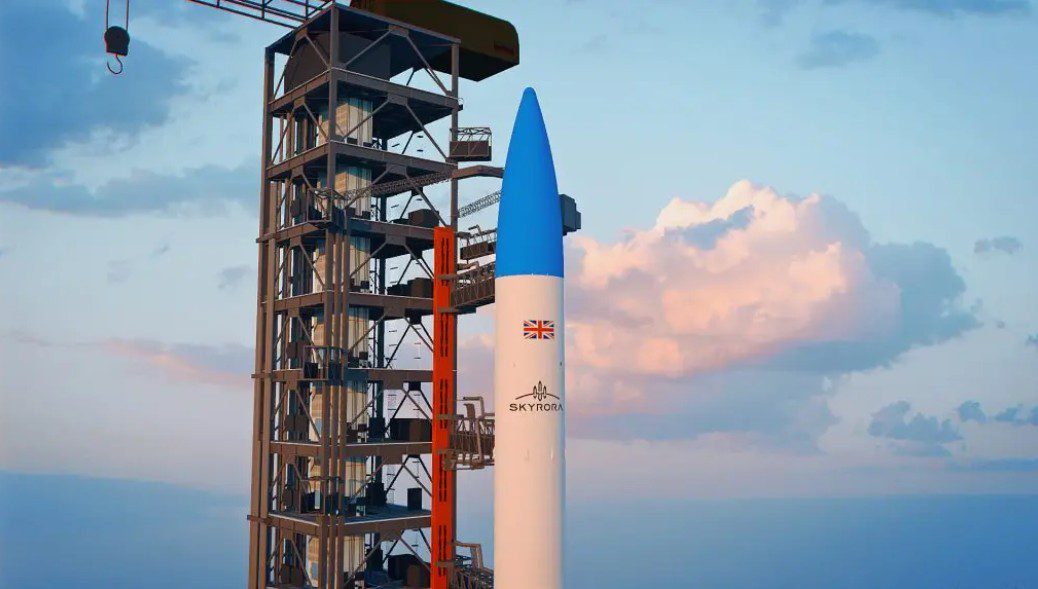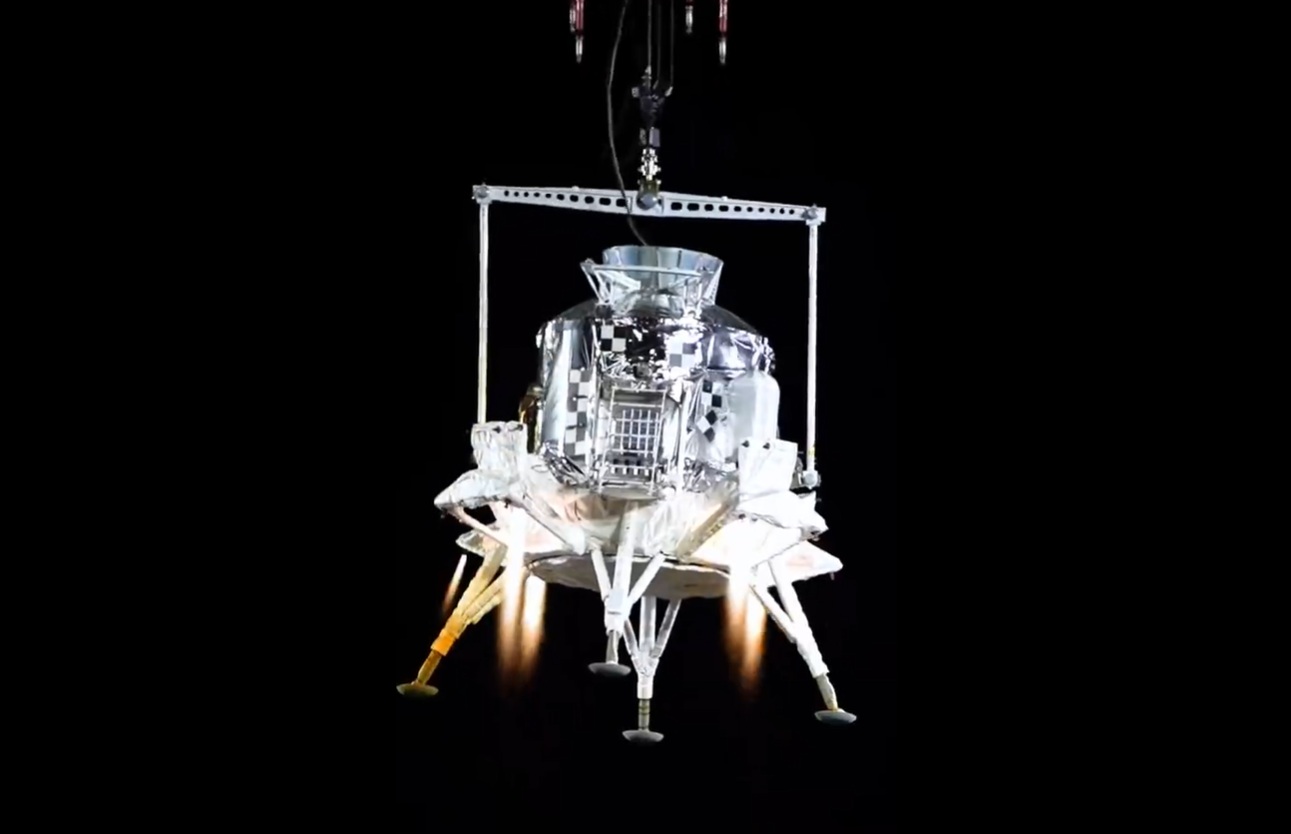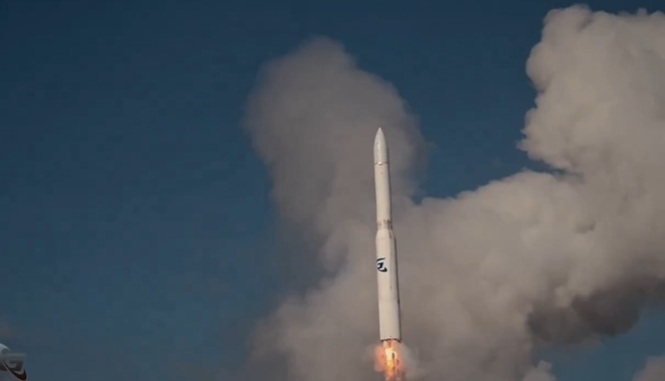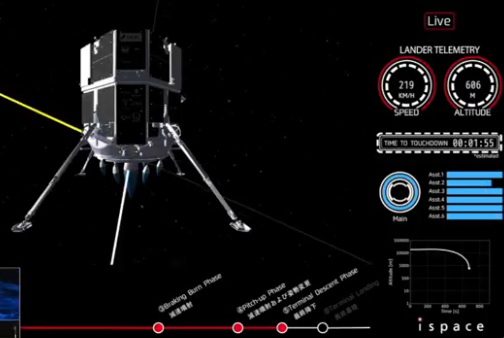The Zi Yuan 1-3 Earth imaging satellite, a satellite in the Sino-Brazilian CBERS (China Brazil Earth Resources Satellite) series and alternatively named CBERS 3, has been lost on a launch by a Long March 4B launch vehicle flying from the Taiyuan launch site in China. The launch took place at 0326 GMT om 9 December. According to reports from the Brazilian Space Agency INPE, the satellite did not achieve a stable orbit due to a launch mishap involving the third stage having its six minute burn cut short by 11 seconds. The result was that while the apogee was close to planned (720km compared to its target of 778km at an inclination of 98.5 degrees relative to the equatorial plane) the spacecraft did not achieve enough velocity to maintain a stable orbit and quickly re-entered to burn up in the Earth’s atmosphere – probably over the Antarctic at circa 0407 GMT.
tThe failure representS the first ever Long March 4B failure out of 21 orbital launch attempts – a failure rate of 4.8%. Unlike the rest of the Long March launch vehicle family which are built by the Chinese Academy of Launch Vehicle Technology (CALT), the Long March 4 series is built by the Shanghai Academy of Space Technlogy (SAST). According to the Flightglobal/Ascend SpaceTrak database, for the Long March 4 family as a whole, 1 ouT of 35 launches has failed – a failure rate of 2.8%. The failure rate across all Long March launch vehicles is 7%, falling to 4.1% as the rate for the past five years.






